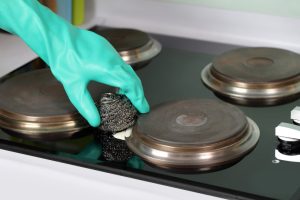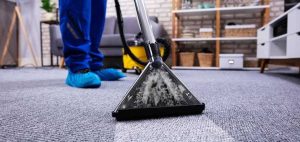White walls can add a fresh, clean look to any room, but they can also show dirt and grime more quickly than darker colors. It is essential to clean them regularly and remove any stains or marks as soon as they appear to keep your white walls looking their best.
So how to clean white walls? With the right tools and techniques, it is easy to keep your white walls looking new.
If you are dealing with smudges, fingerprints, or other types of dirt and grime, this guide will provide you with everything you need to know to get your white walls looking like new again.
Collect your cleaning items
Before you begin cleaning, it is essential to gather all of the necessary supplies. You will need a bucket, mild detergent, soap, water, stain remover, baking soda, foam craft brush, hydrogen peroxide, vacuum with the dust brush attachment, and foam craft brush. These items will help you to effectively remove dirt and grime from your walls without damaging the paint or wallpaper.
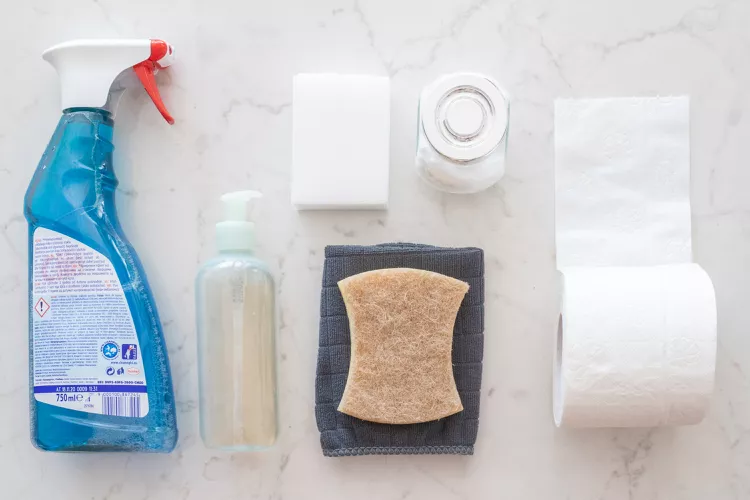
Protect your floor from drips
There are a few ways to protect your floor from drips while cleaning the walls:
Dust the wall
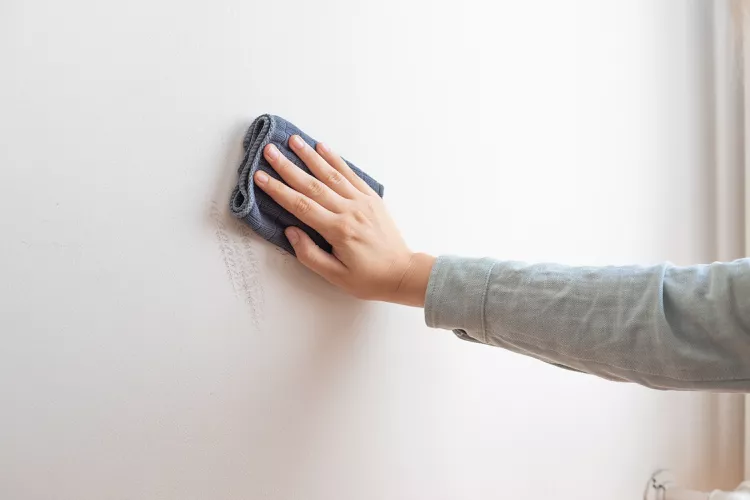
You will need a soft, dry cloth or a feather duster to dust the walls. Follow these steps:
Cleaning the wall with detergent
Once you have your supplies ready, you can start the cleaning process. Start by filling the bucket with warm water and adding a small amount of mild detergent or soap. It will create a cleaning solution that is gentle enough to use on most types of walls, including those with delicate finishes or textures.
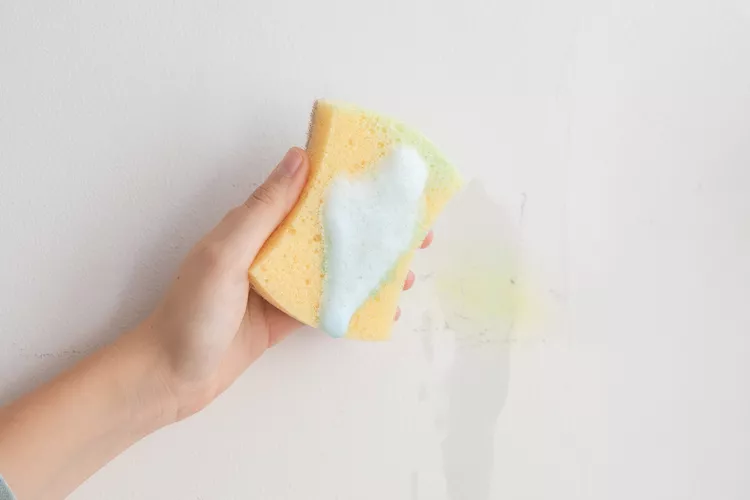
Next, dip the cloth or sponge into the cleaning solution and wring excess moisture. Begin scrubbing the wall in a circular motion, starting at the top and working your way down. Be sure to rinse the cloth or sponge frequently to avoid spreading dirt and grime. You need to use a little elbow grease to remove stubborn stains or marks, but be careful not to apply too much pressure, or you could damage the wall.
Once you have scrubbed the entire wall, use a dry cloth to wipe it down and remove any remaining soap or water. It will help to prevent streaks and ensure that your walls are spotless and dry. If your walls are filthy or have stains, you may need a more robust cleaning solution. In this case, it is best first to test a small hidden wall area to ensure that the cleaner does not damage the paint or wallpaper.
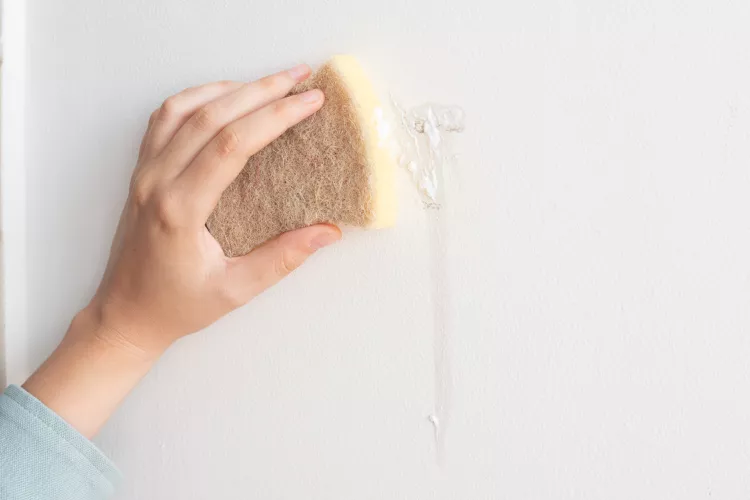
Clean the white walls with a homemade solution
Many different types of cleaners are available for white walls, including all-purpose cleaners, specialty wall cleaners, and homemade solutions. All-purpose cleaners are a convenient and effective option for cleaning white walls. These products are designed to remove a variety of dirt and grime, and they often contain ingredients that help to brighten and freshen surfaces.
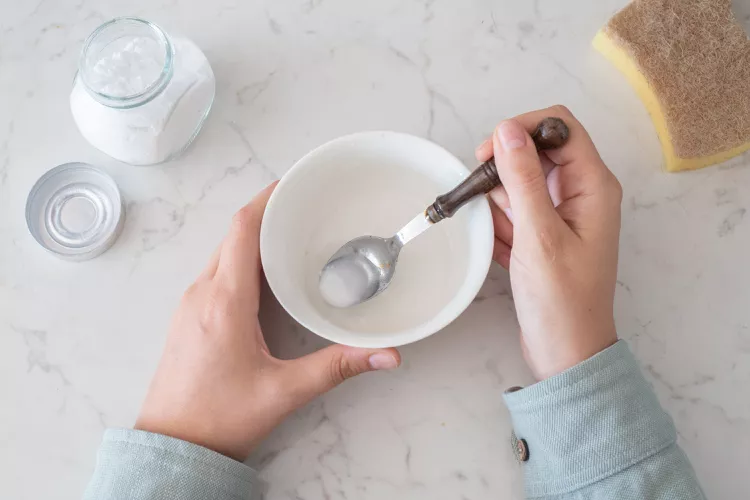
To clean white walls with a homemade solution, you will need the following ingredients:
To use this solution, follow these steps:
This homemade solution is gentle enough to use on most surfaces, but it is always a good idea to test it on a small hidden area before using it on the entire wall. To use an all-purpose cleaner, follow the instructions on the label and wear gloves to protect your skin.
Special wall cleaners are another practical option for cleaning white walls. Some wall cleaners are also formulated to remove smoke and other odors, making them an excellent choice in kitchens and other high-traffic areas. Homemade cleaning solutions are a budget-friendly option for those who prefer natural or organic products.
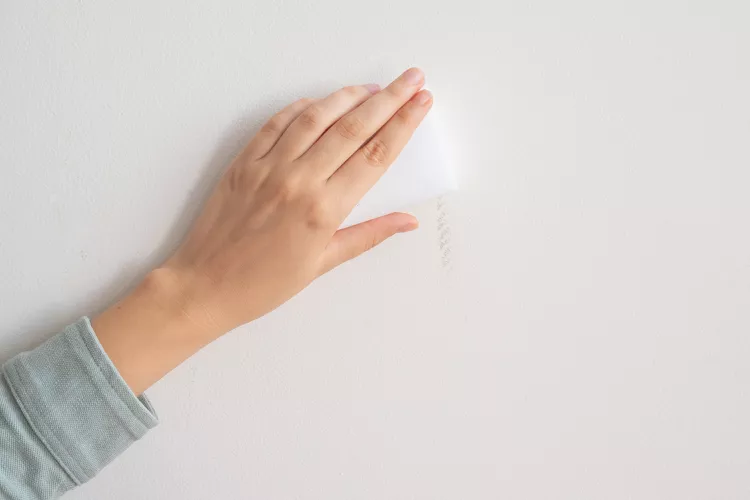
What should you need to avoid while cleaning the white wall?
Everything needs precautions, and it is best to follow instructions while working. Cleaning the walls is more challenging than it seems. So, we will guide you about a few things to avoid when cleaning a white wall to ensure that the wall is not damaged or discolored:
Generally, it is best to use a gentle cleaner and a soft, damp cloth to clean a white wall. Be sure to test the cleaner in an inconspicuous spot before applying it to the entire wall to ensure that it won’t cause any damage.
How to maintain and protect white walls
Here are some tips for protecting and maintaining white walls. These tips can help protect and maintain them, keeping them clean and fresh for years.
Dust regularly
Dust and cobwebs can easily show up on white walls, so it’s important to dust them regularly to keep them looking clean and fresh. Use a soft, dry cloth or a feather duster to remove dust and cobwebs gently.
Clean up spills immediately
If you spill something on your white walls, clean it up as soon as possible. It will help prevent stains from setting in and becoming harder to remove.
Use protective coverings
If you know, you will be doing a project or activity that could potentially damage your white walls, consider using protective coverings such as drop cloths or plastic sheeting to protect them.
Use mild cleaners
Avoid harsh chemicals or abrasive cleaners on white walls, as they can damage the surface or leave behind residues. Instead, opt for mild cleaners that are safe on painted surfaces.
Repair any damages
If you notice any chips, dents, or other damages on your white walls, repair them as soon as possible. It will help prevent further damage and keep your walls looking their best.

